The Rare Convergence of Holidays
This year marks a special occasion wherein two holidays celebrated worldwide, Hanukkah and Christmas, overlap. The first night of Hanukkah—an eight-day Jewish festival—falls on the same day as Christmas, creating a convergence that has not been seen for nearly two decades. Although both festivities are unique in their significance and customs, they are linked by deeper historical and spiritual connections. This conjunction of holidays serves not only to highlight these connections but also emphasizes themes of hope, light, and the triumph of faith.
The Historical Context of Hanukkah
Hanukkah, rooted deeply in Jewish history, commemorates the rededication of the Second Temple in Jerusalem. This took place following its desecration by the Syrian-Greek ruler, Antiochus IV Epiphanes. As the story goes, Antiochus sought to forcefully Hellenize the Jewish people, prohibiting Jewish practices, erecting idols in their sacred temple, and performing crude sacrifices on their altar. The Jewish people, initially defeated and demoralized, found renewed strength in a small yet determined group of fighters known as the Maccabees. Under the leadership of Mattityahu and his sons, they mounted a successful rebellion in 165 BCE, allowing for the reclamation and purification of their temple.
The Miracle of the Oil
Upon rededicating the temple, the miracle of the oil unfolded—a core story at the heart of Hanukkah celebrations. Legend tells of how a single day's supply of consecrated oil used for the eternal lamp miraculously lasted eight days, enough time to prepare new, pure oil. This miracle is seen as a divine sign, highlighting God's enduring presence and favor towards the Jewish people amid adversity. It underscores the spiritual victory and persistence of cultural identity against assimilation and persecution.
The Evolution of Hanukkah Customs
While Hanukkah is steeped in ancient history, many of its contemporary customs have evolved over the centuries. The traditional oil lamps have been largely replaced by Hanukkah menorahs, often decorated with symbols and designs reflecting the festival’s themes. The act of lighting these candles not only serves as a reminder of historical miracles but also unites families and communities in spiritual reflection. Traditional foods, such as latkes and jelly donuts, have similarly evolved. Initially made from cheese during the medieval period, latkes have transformed into the potato pancakes commonly enjoyed today. The jelly-filled sufganiyot serve as delightful reminders of the oil miracle, their promotion in the early 20th century by the Jewish labor organization Histadrut aimed to stimulate local economic growth during the holiday season.
Christmas and Hanukkah: Parallel Themes
Despite their independent origins, Hanukkah and Christmas share thematic elements that resonate across faiths. Both holidays embody the powerful imagery of light overcoming darkness, a universal symbol of hope, renewal, and divine protection. In the Christian tradition, Christmas celebrates the birth of Jesus—the nativity scene often symbolizing the light brought into the world. Meanwhile, the menorah’s glow during Hanukkah is a testament to resilience and faithfulness through time. It is noteworthy that Jesus himself is believed to have partaken in the Festival of Dedication, as mentioned in John 10:22-23, creating a tangible bridge between these two celebrations of light.
Religious Freedom and Interfaith Awareness
This year's coincidence of Hanukkah and Christmas highlights an overarching theme of religious freedom and tolerance. Each holiday carries a message of perseverance against oppression—Hanukkah reflecting the fight for religious liberty and Christmas marking the inception of a faith that would spread globally. Recognizing the interactions and historical overlaps of these celebrations allows a space for interfaith awareness and dialogue, promoting a spirit of understanding and peace amidst diverse traditions.
The Present-Day Significance
In contemporary society, as various cultures and religions coalesce, the simultaneous occurrence of Hanukkah and Christmas offers a valuable opportunity for reflection. Understanding the depth of their individual and collective narratives encourages communities to appreciate the shared human experience of faith's journey through history. Families celebrating both holidays or one over the other can use this rare chance to educate and engage with broader representations of hope and unity.
Conclusion
The shared dates for Hanukkah and Christmas this year are not just a historical curiosity; they represent the enduring, shared human desire for inspiration and belief in something greater than ourselves. By delving into the stories and themes of these celebrations, it becomes evident that both stand as testament to the enduring power of faith, the light of hope, and resilience against adversity. Whether lighting a menorah or contemplating a nativity scene, the essence of these traditions serves to bring people closer together under shared themes of joy, triumph, and faith.

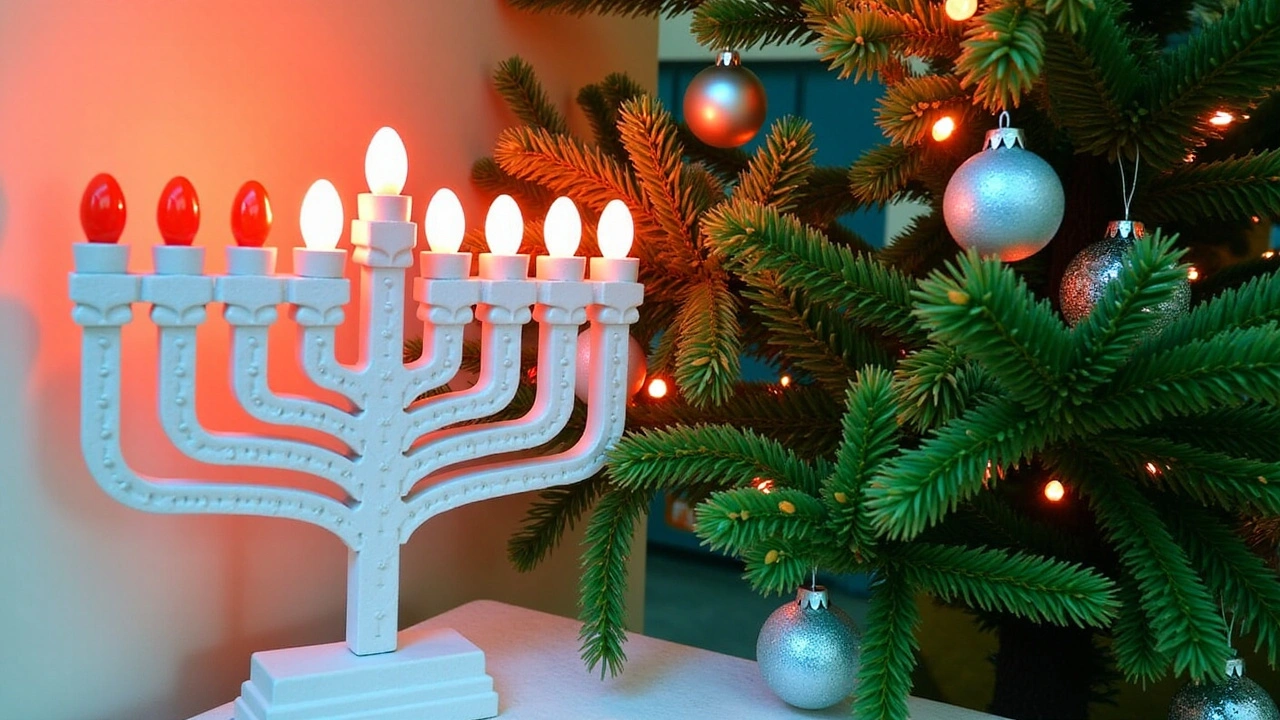
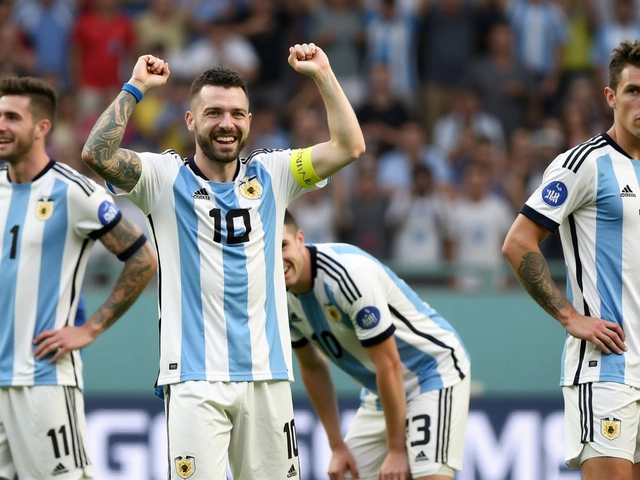

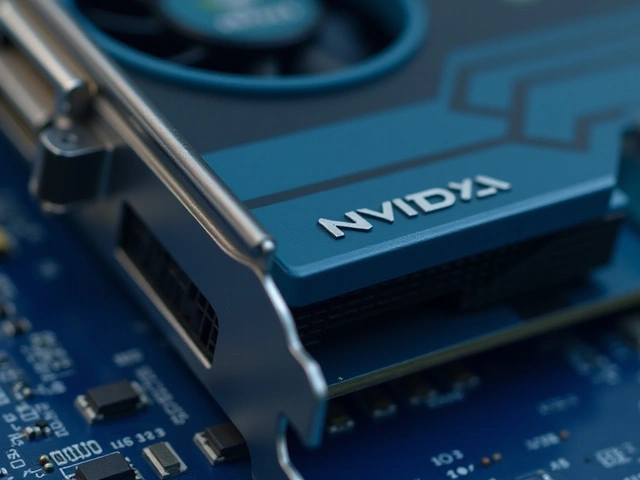
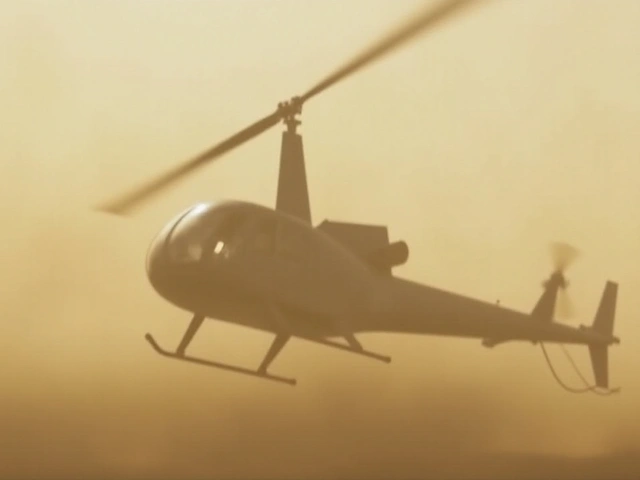
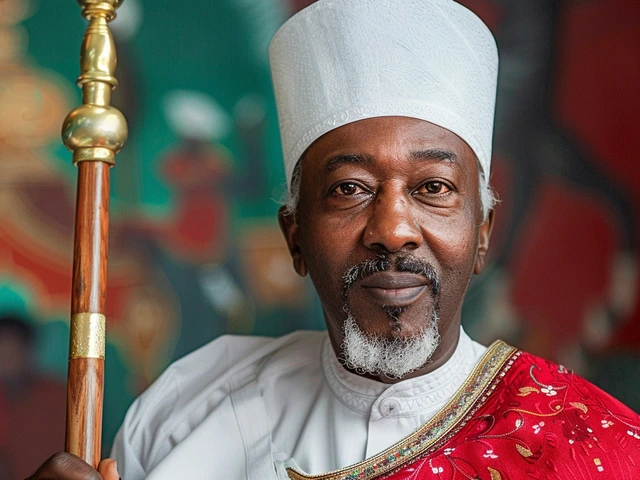
Naveen Kumar Lokanatha
December 25, 2024 AT 17:35 PMIt is heartening to see both Hanukkah and Christmas sharing the same calendar dates this year.
The convergence offers a unique platform for interfaith dialogue and mutual respect.
While each tradition holds its distinct rituals, the underlying themes of light and hope are remarkably parallel.
Communities can leverage this overlap to foster greater understanding among diverse faiths.
May the season bring unity and illumination to all.
Alastair Moreton
January 2, 2025 AT 10:55 AMLooks like another attempt to squeeze a political narrative into a holiday piece.
Nice try, but the article glosses over the real cultural significance.
Surya Shrestha
January 10, 2025 AT 04:15 AMIn examining the juxtaposition of Hanukkah and Christmas, one must acknowledge the intricate tapestry of theological motifs, sociocultural evolutions, and historical contingencies; indeed, the luminescence of the menorah and the radiance of the nativity star converge not merely in chronology but in emblematic resonance, thereby inviting scholars to contemplate the dialectic of light versus darkness, tradition versus modernity, and particularism versus universalism.
Rahul kumar
January 17, 2025 AT 21:35 PMHey folks, just wanted to point out that the oil miracle story actually has roots in a First Temple tradition, not just the Maccabean revolt.
Also, many modern latke recipes blend potatoes with a dash of zucchini for extra moisture.
If you're hosting a joint celebration, try serving sufganiyot alongside gingerbread – the sweet oil theme ties them together.
Hope this helps!
mary oconnell
January 25, 2025 AT 14:55 PMAh, the delightful intersection of two perfectly synchronized consumer marketing campaigns – nothing says interfaith harmony like coordinated advertising budgets and strategically placed LED lights.
One could argue that the very notion of light overcoming darkness is merely a clever branding trope, replete with semiotic overload and post‑modern relativism.
But hey, if sprinkling a little holiday jargon onto an ancient miracle makes it more palatable for the masses, who are we to object?
Michael Laffitte
February 2, 2025 AT 08:15 AMWow, what a beautiful reminder that even our oldest stories can shine together in the same night!
I can almost feel the glow of the candles mixing with the twinkling Christmas lights – it’s like a scene straight out of a holiday movie.
Let’s cherish these moments and spread that radiant vibe to everyone around us.
sahil jain
February 10, 2025 AT 01:35 AMTotally agree, the shared glow is a perfect metaphor for unity across cultures :)
It’s awesome when traditions overlap, giving us a chance to learn and celebrate together.
Keep the light shining, friends!
Bruce Moncrieff
February 17, 2025 AT 18:55 PMThink of this overlap as a training ground for empathy – each candle you light, each carol you sing, builds emotional resilience.
Embrace the narrative, and let the stories of perseverance fuel your own personal growth.
The season is a powerful catalyst for inner transformation.
Dee Boyd
February 25, 2025 AT 12:15 PMThe ethical implications of conflating sacred observances cannot be ignored; commodification erodes the sanctity inherent in both Hanukkah and Christmas, reducing profound rituals to mere consumer spectacles.
It is incumbent upon us to safeguard the doctrinal purity of each tradition against the encroaching tide of market‑driven spectacle.
Carol Wild
March 5, 2025 AT 05:35 AMThe notion that an astronomical coincidence could be orchestrated by unseen forces is not merely a whimsical speculation but a profound assertion that demands rigorous scrutiny.
Historically, secret societies have been known to manipulate calendrical systems to align pivotal events with symbolic dates.
In the case of the current convergence of Hanukkah and Christmas, one must consider the involvement of global banking conglomerates seeking to synchronize consumer spending peaks.
These financial entities possess the technological infrastructure to influence timekeeping algorithms embedded within internet servers worldwide.
Moreover, the proliferation of digital calendars, controlled by a handful of corporations, creates a fertile ground for subtle alteration of holiday dates.
Scholars of cryptographic chronology have uncovered patterns suggesting that the Year of the Tiger, for instance, was shifted to accommodate an occult agenda.
Parallel to this, ancient Maccabean texts contain cryptic references to the double illumination that some interpret as a prophetic warning about future calendrical convergence.
The modern media, operating under the aegis of a shadow network, perpetuates the illusion of coincidence while quietly reinforcing the narrative of unity.
This veneer of interfaith harmony serves to distract the populace from the underlying power dynamics at play.
Every token of light-be it a menorah or a Christmas star-is in fact a beacon for surveillance drones calibrated to capture human gatherings.
The data harvested from these gatherings is then leveraged to fine‑tune targeted advertising algorithms that predict consumer behavior with alarming precision.
Consequently, what appears to be a celebration of faith is, in reality, a sophisticated act of social engineering.
The architects of this grand design remain anonymous, shielded by layers of corporate anonymity and legal protections.
Yet, the patterns are undeniable, and the correlation between economic spikes and the overlapping holidays is statistically significant.
As discerning citizens, we must remain vigilant, question the presented narratives, and demand transparency from those who wield temporal authority.
Only through collective awareness can we hope to reclaim the authentic spiritual essence of our traditions, free from manipulative interference.
Rahul Sharma
March 12, 2025 AT 22:55 PMIt is imperative, therefore, that we recognize the cultural symbiosis inherent in this rare calendrical overlap; indeed, the shared motifs of illumination, resilience, and communal gathering demand a concerted, cross‑cultural dialogue, one that transcends superficial celebration and delves into the substantive exchange of values.
Emily Kadanec
March 20, 2025 AT 16:15 PMHonestly the article missed the point entirely.
william wijaya
March 28, 2025 AT 09:35 AMListening to the stories behind each candle, one can hear the echo of centuries‑old struggles for identity, a resonant chord that vibrates through our modern celebrations, reminding us that the true power of these festivals lies not in the sparkle of decorations but in the deep, shared human yearning for hope.
Lemuel Belleza
April 5, 2025 AT 03:55 AMDo we really need another holiday analysis?
faye ambit
April 12, 2025 AT 21:15 PMThe convergence offers a subtle invitation to contemplate the universal human desire for light, suggesting that disparate traditions may converge not by chance but through an underlying collective psychology that seeks meaning in illumination.
Subhash Choudhary
April 20, 2025 AT 14:35 PMyeah, totally feels like the universe is sending us a sign, huh?
Ethan Smith
April 28, 2025 AT 07:55 AMFrom a sociological perspective, the overlapping dates provide an empirical case study of how distinct cultural rituals can coexist without diminishing each other's significance.
Evelyn Monroig
May 6, 2025 AT 01:15 AMThis so‑called ‘coincidence’ is nothing but a deliberate ploy by the global elite to homogenize spiritual narratives, erasing authentic diversity under a manufactured veneer of unity.
Gerald Hornsby
May 13, 2025 AT 18:35 PMAll that glitters is not always gold – beware the spectacle. 😊